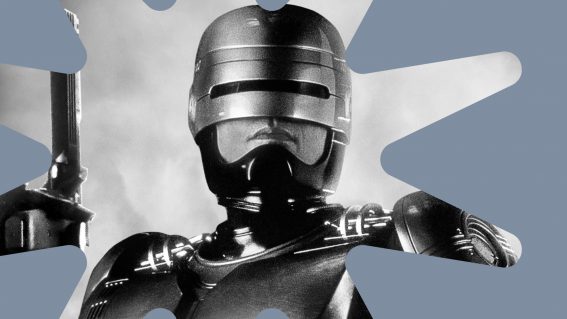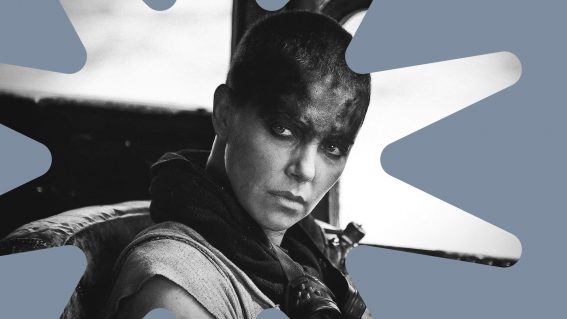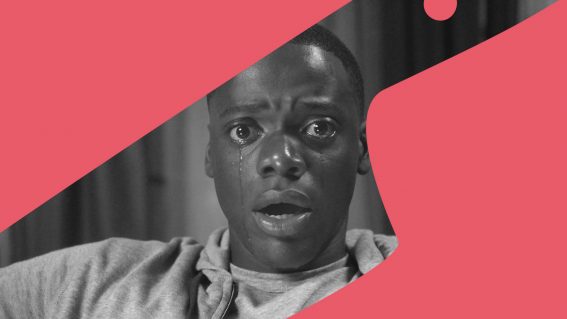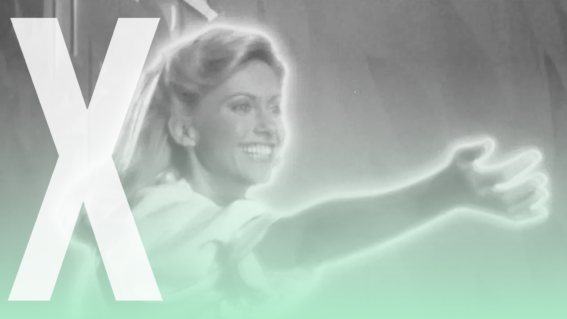Alien: Earth recombines beloved elements in a new and thrilling way
Alien has never stopped being relevant. It just needed someone like showrunner Noah Hawley to remind us of that fact.

I knew I was in safe hands when Alien: Earth introduced its Xenomorph penis-end of the head first. Alien has always been about sex: about men’s fears of rape and impregnation; the monstrous-feminine, as defined by the academic Barbara Creed; power and subverted power within traditional gender roles. It’s certainly never been an entirely fixed concept, and the argument of “Alien is psychosexual horror” has waxed and waned over the series’s history.
But—not to (controversially) besmirch James Cameron’s Aliens (1986)—I’ve always liked Alien better when it fully revelled in an audience’s discomfort in the fact its central creature, as per HR Giger’s vision, is essentially a bunch of phalluses roped together. Its head is phallic. Its secondary mouth is phallic. Its tail is phallic. So, thank god Alien: Earth’s creator, Noah Hawley, recognises this, too.
Because there’s always that fear when a new artist takes on the reins of something well-trodden and well-beloved, that nervous question of, ‘do they really understand what they’ve got their mitts on?’ Hawley had the credentials. He’d already handled with such care the Coen Brothers’s Fargo, in his anthology series of the same name, and the world of X-Men in Marvel’s Legion. It’s incredible that “a spinoff to Fargo” worked so well considering how crass those words sound in isolation. But the fear was still there.
It was a different fear from the more stubborn resistance to change you see in certain corners of fandom. Yes, the idea of bringing a Xenomorph to Earth creates potentially problematic ripple effects for the timeline, and Hawley stated interviews that the lore created for Scott’s prequels, Prometheus (2012) and Alien: Covenant (2017), was “inherently less useful” to him than the idea the Xenomorph simply evolved that way.
But, ultimately, dogged adherence to canon isn’t what makes art great. More often than not, that kind of approach leads to the kind of dry and repetitive nostalgia of, let’s say, last year’s Alien: Romulus.
What makes art great, in this particular kind of franchise space, is when someone can boil a story down to its essential ingredients, and then recombine them in an entirely new and thrilling way. And it’s hard here not draw to comparisons between Alien: Earth and the recent Andor series from the Star Wars corner of Disney+. I’m certainly not the first person to do it. But they’re alike not only in their emphasis on the quality of production, and in the maturity of script, direction, and performances, but in how they ultimately relate to their respective universes.
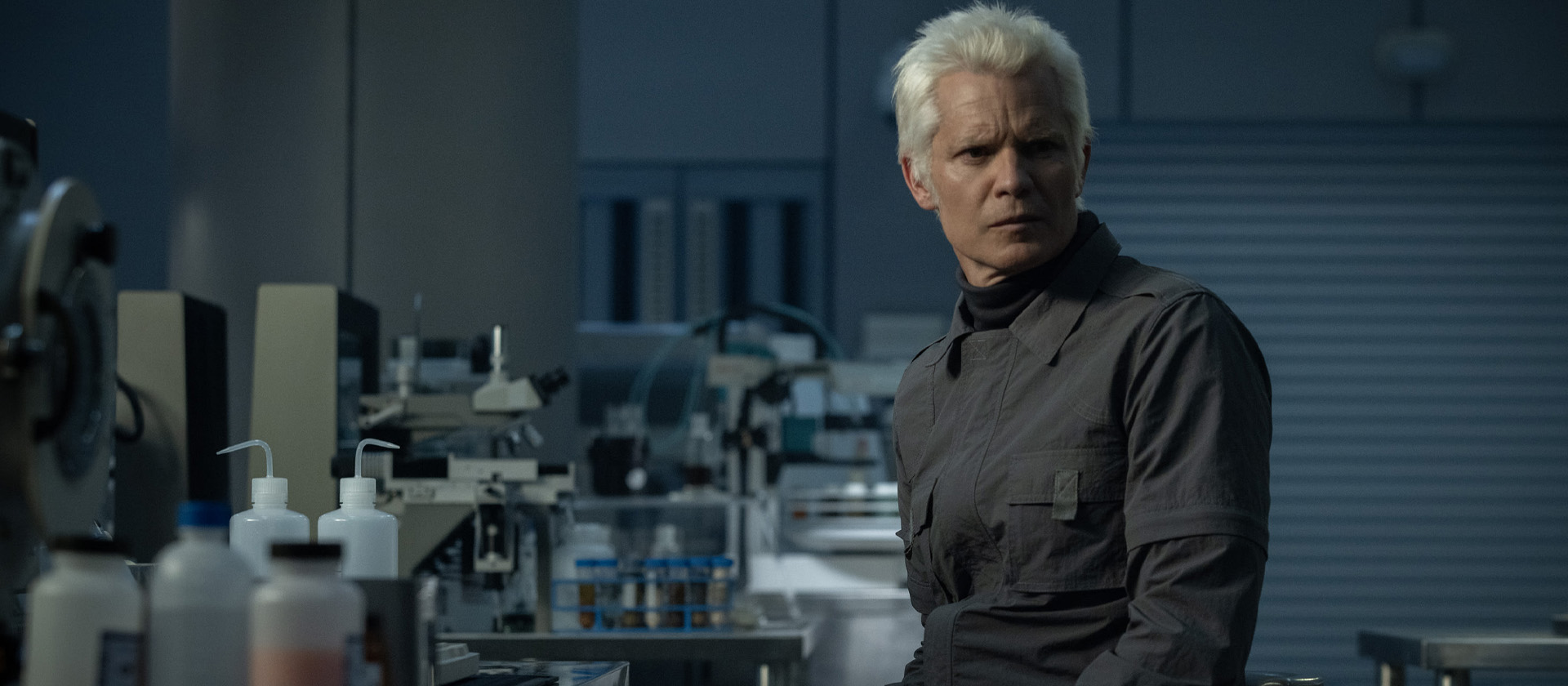
Both Andor and Alien: Earth massively expand the scope of their source material not by introducing radical new ideas but by revisiting the old, core ones with a new clarity and force. Andor reminds us that Star Wars was always about how fascism maintains itself, and how it can be toppled only when the seemingly powerless realise their strength in unity. Alien: Earth reminds us that the series’s terrors were always, ultimately, about what defines humanity—our fragile supremacy at the top of the food chain, and how that’s shaped us into beings of infinite greed and godlike ambition. And, yes, sex, gender, and all the hierarchies we build out of it are a part of this, too.
And so, as one of the most devout Prometheus / Alien: Covenant fans you’ll meet, it’s ultimately not do-or-die if Hawley acknowledges David and the Engineers, since what he’s set out to explore here is singing the same tune Ridley Scott was when he made those films. Here, it takes the form of a new technological development, in which a competitor of Weyland-Yutani (the big, bad corporation from Scott’s original Alien), Prodigy, and its upstart CEO Boy Kavalier (Samuel Blenkin), has learned how to transfer a human’s consciousness into a synthetic body.

However, due to the inflexibility of the adult brain, his first test subjects are all children. The first of them, a young girl named Marcy, dying of cancer, asks that her new self be named Wendy (Sydney Chandler), after Boy projects scenes from Disney’s Peter Pan above her surgery table. The rest of the kids fall in line, naming themselves after the Lost Boys.
There’s parallel to be found, too, in Morrow (Babou Ceesay), a cyborg aboard USCSS Maginot, a Weyland-Yutani vessel that crashes into Earth. It may or may not be carrying our favourite penis creature and a few new friends. Both Wendy and Morrow’s minds are their own, but their bodies have been replaced (wholly or partially) with machines capable of far more than a human could even imagine.
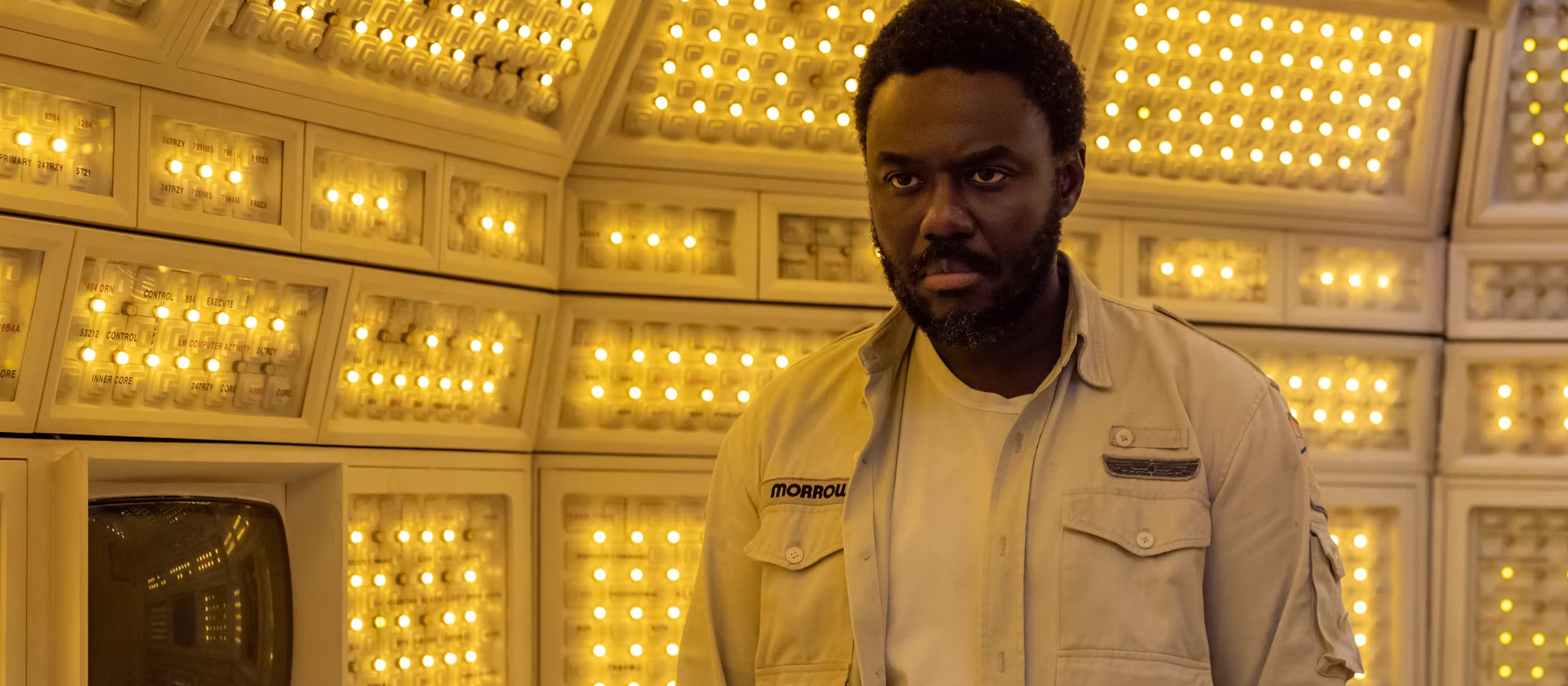
David, Michael Fassbender’s antagonistic android from the prequels, asked the question of whether a synthetic could ever emulate humanity so closely that it altogether obliterated the need for our existence (ie, what happens when a robot tries to create, to desire, and maybe even to grieve?).
In Alien: Earth, we’re about to explore the opposite. At what point does the integration of technology into our lives—whether that’s wholesale replacing our bodies with indestructible, immortal machines, or merely outsourcing our thoughts to ChatGPT—mean we’ve devalued humanity itself to a degree that we’ve essentially justified our own extinction?
And if the Xenomorph expresses that fear of dominance, in sexual or survival terms, by an outside force, then the android expresses the fear that it might, in fact, come from the inside. Alien has never stopped being relevant. It just needed someone like Hawley to remind us of that fact.












